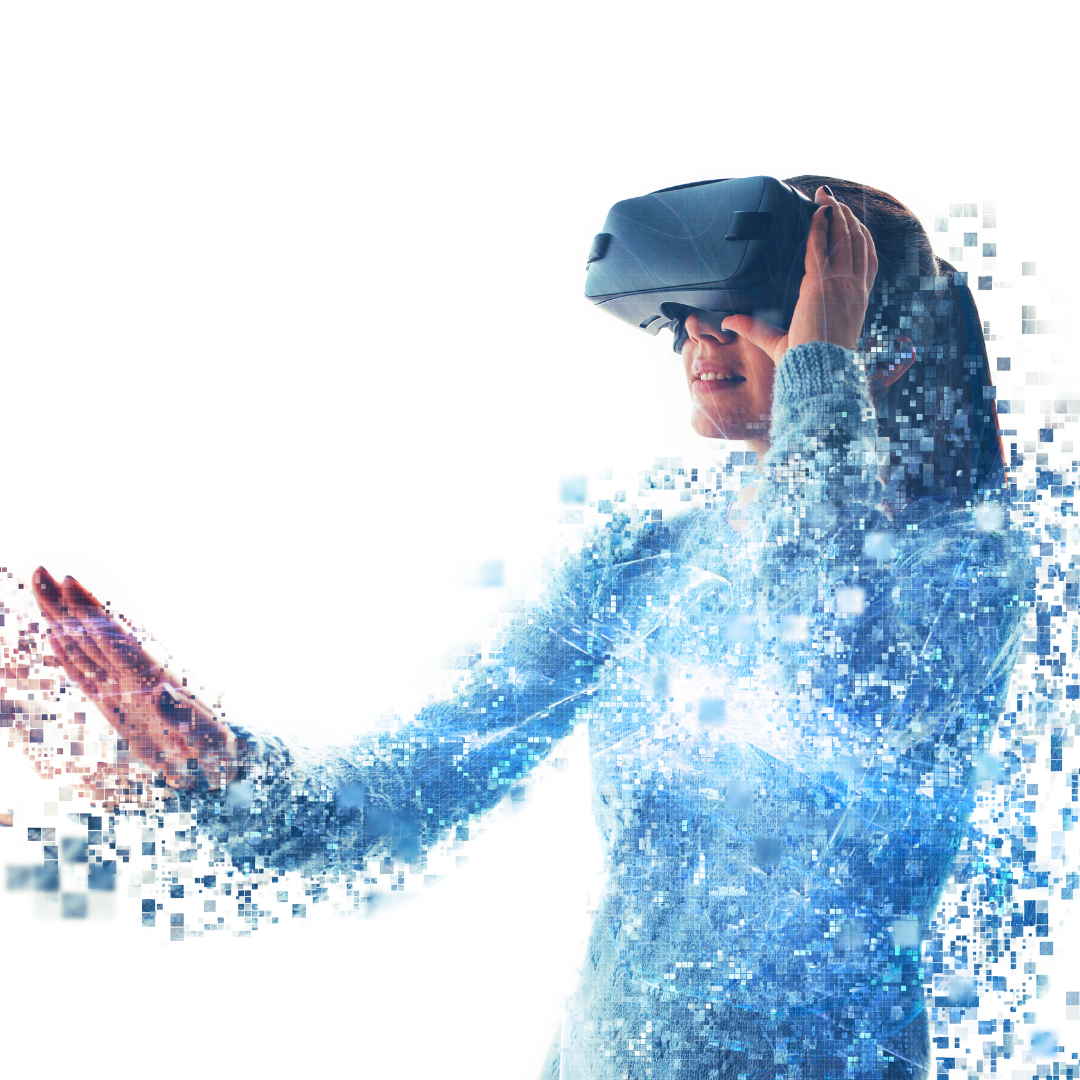Are you tired of traditional classroom settings and lectures that just don’t seem to stick? Well, it’s time to enter the world of virtual reality in education. With cutting-edge technology at our fingertips, educators are finding new ways to engage students and enhance their learning experience.
In this blog post, we’ll explore the top benefits of using virtual reality in education and how it can revolutionize the way we learn. From immersive simulations to interactive experiences, get ready to step into a whole new dimension of learning!
VR Enhances the Learning Experience
It is no secret that technology has the power to transform education. Virtual reality is one of the latest and most exciting technologies to enter the classroom. When used properly, VR can enhance the learning experience by immersing students in new environments, providing hands-on learning experiences, and increasing engagement.
VR has the potential to take students on virtual field trips to places they might never be able to visit in person. Imagine being able to walk through ancient ruins or experience what it was like to stand on the surface of Mars. This immersive technology can also be used to simulate real-world situations, such as historical events or natural disasters. This allows students to gain a deeper understanding of the material they are studying.
In addition to enhancing content comprehension, VR can also provide students with opportunities for hands-on learning. For example, medical students can use VR simulations to practice complex procedures before performing them on real patients. Students in other disciplines can use VR to experiment with different concepts and learn through trial and error in a safe environment.
VR Improves Motivation and Engagement
Virtual reality can also be used to promote active learning. A study published in the International Journal of Emerging Technologies in Learning found that students who used virtual reality were more likely to be actively engaged in their learning than those who didn’t. The study also found that students who used virtual reality had a better understanding of the material.
VR Improves Accessibility for Students
Virtual reality can provide students with disabilities with experiences that are otherwise difficult or impossible to obtain. For example, students who are blind or have low vision can use VR to explore different environments and learn about different cultures and historical events. Students with physical disabilities can also benefit from VR experiences that allow them to participate in activities they might not be able to do in real life.
Challenges of Using VR in Education
Despite the potential benefits of using virtual reality (VR) in education, there are also some challenges that need to be considered. One challenge is the cost of VR hardware and software. VR headsets can be expensive, and not all schools can afford to purchase them. In addition, VR content can also be costly to develop and produce.
Another challenge is that VR technology is still relatively new and constantly evolving. This means that it can be difficult to find appropriate VR content for educational purposes. There are also concerns about the potential for VR to cause motion sickness or other health problems. Some people worry about the potential for VR to be used for harmful purposes, such as creating violent or sexual simulations.
Examples of VR in Education
Virtual reality (VR) is becoming increasingly popular in education as a way to engage students and enhance the learning experience. Here are some examples of how VR is being used in education:
- VR field trips: Students can take virtual field trips to places they would never be able to visit in person, such as ancient ruins or the bottom of the ocean.
- VR simulations: Students can experience realistic simulations of historical events or natural disasters, allowing them to learn about these things in a more immersive way.
- VR for Anatomy and Science: Students can use VR to explore the human body or the solar system in ways that were previously impossible.
- Virtual Reality Classrooms: Some schools are beginning to experiment with using VR technology in the classroom, allowing students to have a more immersive learning experience.
Are You Ready to Use VR for Education?
From the immersive experience to cost-saving and improved engagement, virtual reality is set to revolutionize education in many ways. Not only does it provide a technology-based alternative for classrooms and other learning environments, but it also gives teachers a unique tool that allows them to tailor lessons according to individual student needs. With all these benefits, there’s no doubt that virtual reality will be an integral part of tomorrow’s educational landscape.

